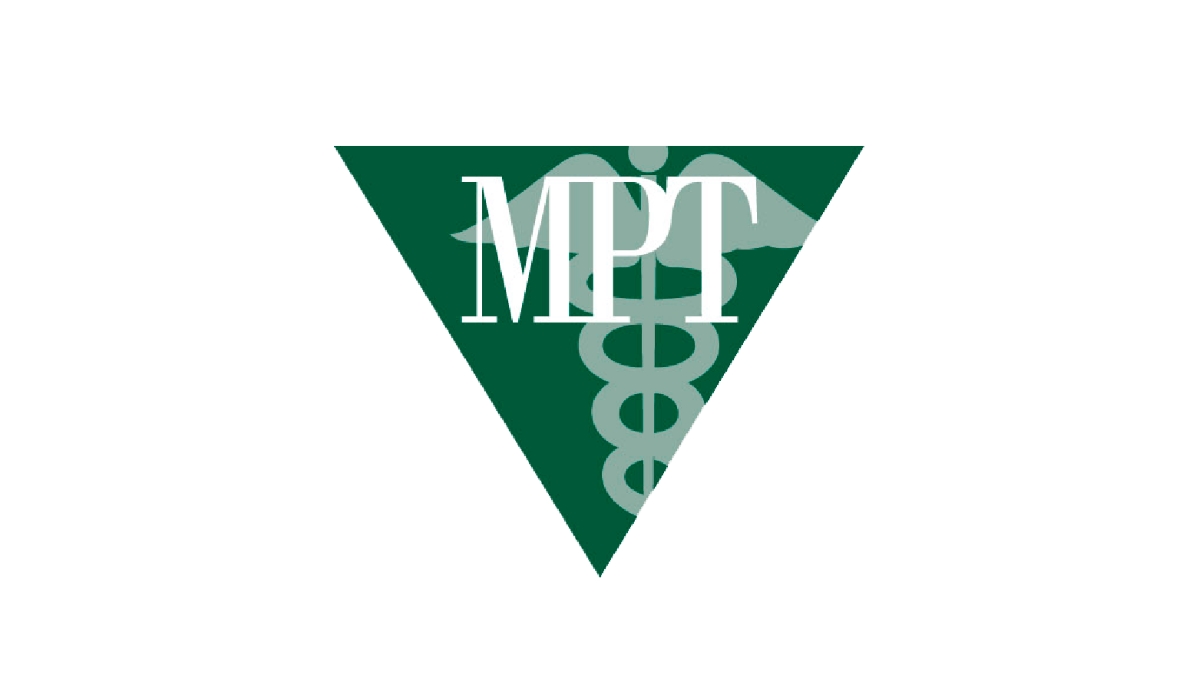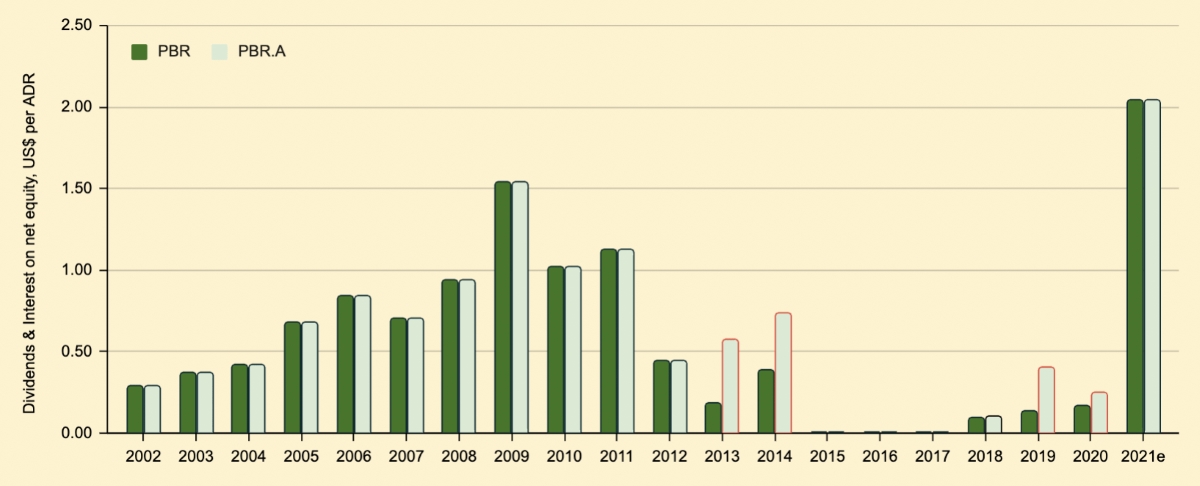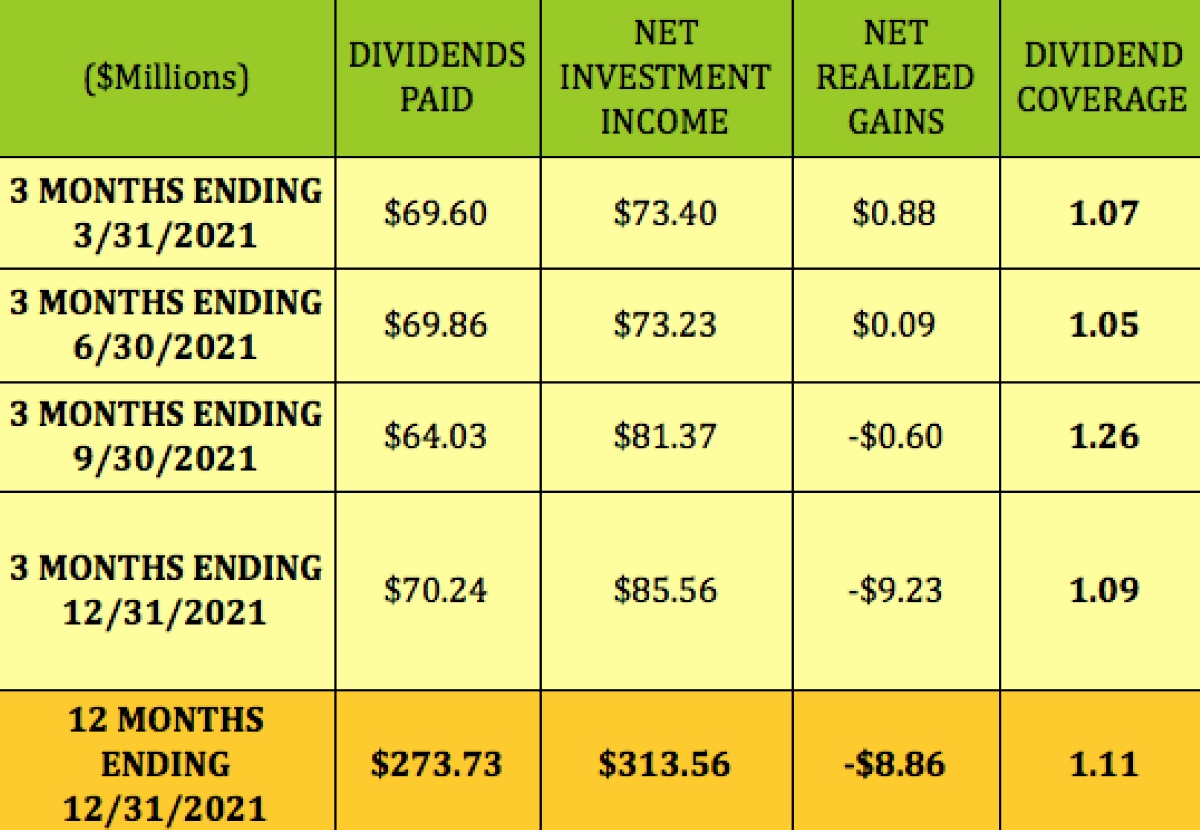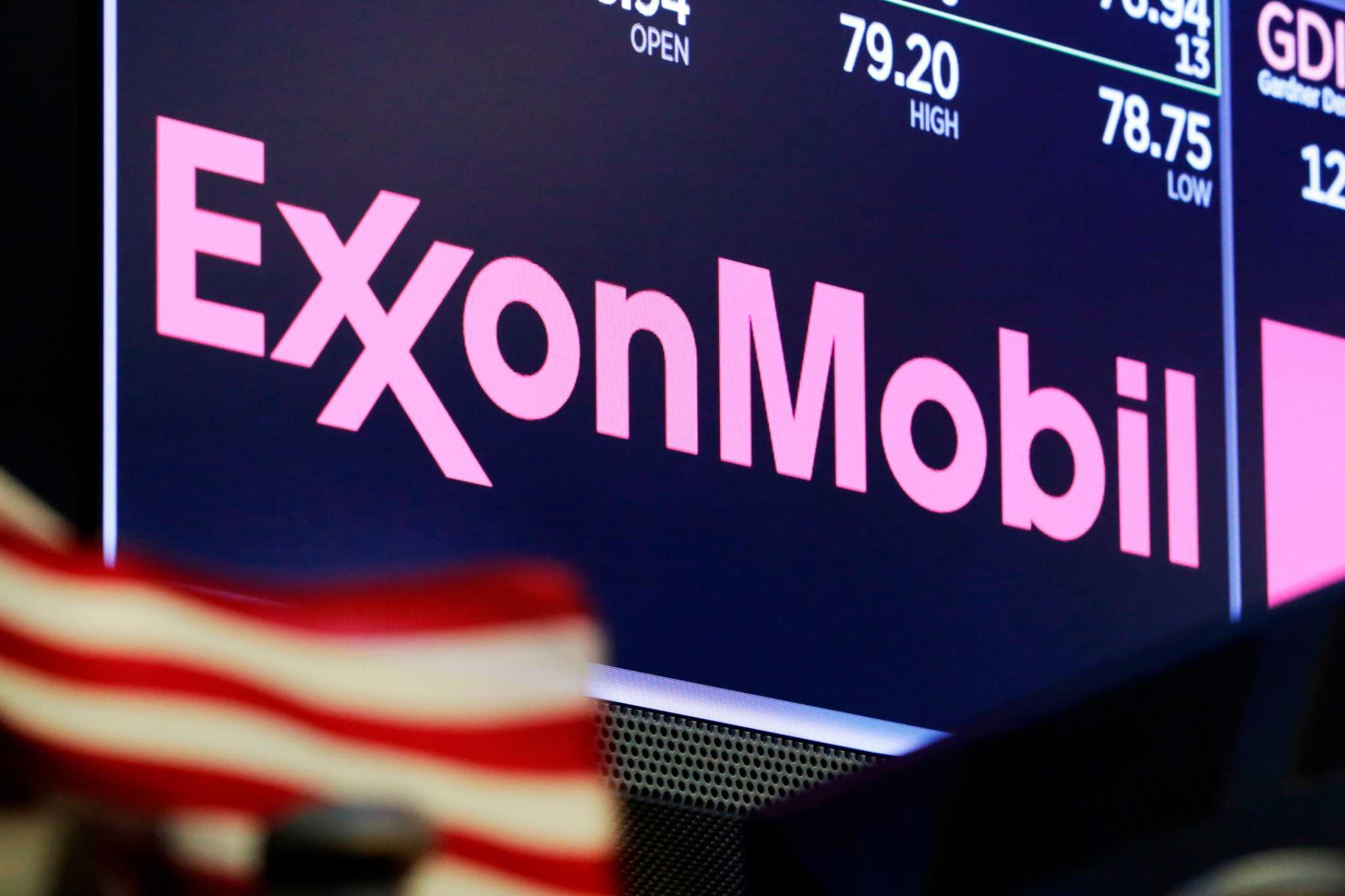

Finance
When Does MPW Pay Dividends
Published: January 2, 2024
MPW pays dividends at specific intervals. Learn when you can expect to receive financial rewards from this finance company.
(Many of the links in this article redirect to a specific reviewed product. Your purchase of these products through affiliate links helps to generate commission for LiveWell, at no extra cost. Learn more)
Table of Contents
- Introduction
- Understanding MPW Dividends
- Important Factors Affecting MPW Dividends
- Determining MPW Dividend Payment Schedule
- Key Dates for MPW Dividend Distribution
- How MPW Dividends Are Paid Out
- Factors Influencing MPW Dividend Amounts
- MPW Dividend Reinvestment Plan
- Tax Implications of MPW Dividends
- Strategies for Maximizing MPW Dividend Income
- Conclusion
Introduction
Welcome to the world of dividends, where you can earn passive income while investing in your favorite stocks. Dividends are a financial reward distributed by companies to their shareholders, and they can be a significant source of income for investors. In this article, we will focus on MPW dividends and explore when and how they are paid out.
MPW, or Medical Properties Trust, is a real estate investment trust (REIT) that specializes in acquiring and developing healthcare facilities. As one of the leading healthcare REITs, MPW is known for its consistent performance and attractive dividend payouts. If you are considering investing in MPW or already own MPW shares, understanding the intricacies of its dividend distribution can help you make informed investment decisions.
Before we dive into the details of MPW dividends, it is essential to have a basic understanding of dividends themselves. Dividends are a portion of a company’s profits that are distributed to its shareholders on a regular basis. They are usually paid in the form of cash, but can also be paid through stock or other assets. Dividends are typically calculated as a per share amount, and the total payout is based on the number of shares held by each investor.
Dividend payments provide several benefits to investors. Firstly, they offer a steady stream of income, making them an attractive option for individuals looking to supplement their earnings or plan for retirement. Secondly, dividends can be a sign of a company’s financial health and stability. Consistently paying dividends indicates that a company is generating profits and can be an indication of its long-term growth potential. Lastly, dividends can help diversify an investment portfolio, as they can provide income even when the stock market is experiencing downturns.
Understanding MPW Dividends
Now that we have a basic understanding of dividends, let’s delve into how MPW dividends work. MPW follows a traditional dividend model, where it distributes a portion of its profits to shareholders on a regular basis. As a REIT, MPW is required to distribute at least 90% of its taxable income to maintain its tax-advantaged status.
The amount of MPW dividends is typically determined by the company’s board of directors. They consider various factors, such as profitability, cash flow, and future growth prospects, when deciding on the dividend amount. It is important to note that dividend payments are not guaranteed and can fluctuate over time.
MPW dividends are usually paid out on a quarterly basis. This means that shareholders can expect to receive dividend payments four times a year. The dividend payment schedule is typically announced by MPW in advance, allowing shareholders to plan their finances accordingly.
Another important aspect of understanding MPW dividends is the concept of ex-dividend date. The ex-dividend date is the deadline for investors to purchase MPW shares in order to be eligible for the upcoming dividend payment. If an investor purchases MPW shares on or after the ex-dividend date, they will not be entitled to receive the dividend for that specific payment period.
It is important to mention that MPW dividends are subject to taxes. These dividends are usually classified as ordinary income and are taxable at the individual’s applicable tax rate. It is advisable to consult with a tax professional or accountant to understand the specific tax implications of MPW dividends based on your personal situation.
Now that we have covered the basics of MPW dividends, let’s move on to explore the factors that can influence the dividend payment amounts.
Important Factors Affecting MPW Dividends
Several factors play a crucial role in determining the dividend amounts distributed by MPW. Understanding these factors can give investors insights into the potential stability and growth of MPW dividends. Let’s explore some of the key factors that affect MPW dividend payments.
- Profitability: The profitability of MPW is a significant factor in determining its dividend payouts. The company’s net income, cash flow, and overall financial performance are key indicators of its ability to generate profits and sustain dividend payments.
- Occupancy Rates: As a healthcare REIT, MPW earns rental income from its healthcare facility tenants. The occupancy rates of these facilities directly impact MPW’s cash flow and, in turn, its ability to pay dividends. Higher occupancy rates translate into consistent rental income, which can support steady dividend payments.
- Interest Rates: Interest rates can have an indirect impact on MPW’s dividend payments. When interest rates are low, it becomes cheaper for MPW to borrow funds for acquisitions and expansions. This can potentially lead to higher profitability and, consequently, larger dividend payouts.
- Regulatory Environment: Changes in healthcare regulations and policies can influence the operations and financial performance of MPW’s healthcare facilities. Any shifts in reimbursement policies or healthcare legislation may impact the revenue generated by MPW’s tenants, which can, in turn, affect dividend payments.
- Debt Levels: MPW’s leverage and debt levels are important considerations when it comes to dividend distribution. Higher debt levels can reduce the company’s cash flow available for dividends. Monitoring MPW’s debt management practices can provide insights into the company’s ability to sustain and grow its dividend payments over time.
It is important to note that while these factors provide valuable insights into MPW dividend payments, they are not the sole determinants. The board of directors considers a combination of these factors, along with the company’s overall financial goals and growth strategies, to arrive at the dividend amount.
Now that we have discussed the factors influencing MPW dividend payments, let’s explore how the dividend payment schedule is determined.
Determining MPW Dividend Payment Schedule
The dividend payment schedule for MPW is typically determined by the company’s board of directors. They assess various factors, including financial performance, cash flow, and future growth prospects, to finalize the schedule. Generally, MPW follows a quarterly dividend payment schedule, meaning that dividends are distributed to shareholders every three months.
MPW announces the dividend payment dates in advance, allowing shareholders to plan accordingly. It is important for investors to keep track of these dates to ensure they receive their dividend payments. The dividend payment schedule is typically disclosed through press releases or on MPW’s investor relations website.
In addition to the dividend payment dates, MPW also determines the ex-dividend date, which is an important deadline for dividend eligibility. The ex-dividend date is typically a few days before the dividend payment date. Shareholders who purchase MPW shares on or before the ex-dividend date are eligible to receive the upcoming dividend payment. However, investors who purchase shares on or after the ex-dividend date will not be entitled to that particular dividend payment.
It is crucial for investors to understand the importance of the ex-dividend date when planning their MPW investment strategy. By purchasing shares before the ex-dividend date, investors can ensure they receive the dividend payment. However, it’s important to note that share prices may adjust on the ex-dividend date to reflect the dividend distribution, potentially affecting the overall return on investment.
It is worth mentioning that the dividend payment schedule can be subject to change. MPW’s board of directors has the authority to modify the schedule based on various factors, including company performance, market conditions, and strategic initiatives. It is advisable for investors to stay updated with MPW’s communications, such as company announcements and investor relations materials, to stay informed about any changes to the dividend payment schedule.
Now that we have explored the dividend payment schedule, let’s move on to understand the specific key dates related to MPW dividends.
Key Dates for MPW Dividend Distribution
There are several important dates that investors should be aware of when it comes to MPW dividend distribution. These dates play a crucial role in determining eligibility for receiving dividends and planning investment strategies. Let’s take a closer look at the key dates for MPW dividend distribution:
- Declaration Date: The declaration date is the date on which MPW’s board of directors announces the upcoming dividend payment. It is typically accompanied by a press release or regulatory filing. On this date, the dividend amount is also decided, giving shareholders an idea of their potential earnings.
- Ex-Dividend Date: The ex-dividend date is an essential date for determining dividend eligibility. Investors must purchase MPW shares on or before the ex-dividend date to be eligible to receive the upcoming dividend payment. Shareholders who purchase shares on or after the ex-dividend date will not be entitled to the dividend for that specific payment period.
- Record Date: The record date is the date on which MPW determines the list of shareholders who are eligible to receive the dividend. Investors who hold MPW shares on the record date will be included in the dividend distribution.
- Payment Date: The payment date is when MPW actually distributes the dividend to eligible shareholders. It is the date on which shareholders can expect to receive their dividend payments in their brokerage accounts or through direct deposit.
It is important for investors to understand the significance of these dates and plan their investment strategies accordingly. Purchasing MPW shares before the ex-dividend date ensures eligibility for receiving the dividend, while selling shares on or after the ex-dividend date may result in forfeiting the dividend payment for that period.
It is also important to note that share prices may adjust on the ex-dividend date to reflect the dividend distribution. This is known as the ex-dividend price adjustment, and it is a normal market occurrence that aims to account for the value of the dividend being paid out.
To stay informed about the key dates for MPW dividend distribution, it is recommended to regularly check MPW’s investor relations website for official announcements, monitor financial news sources, or consult with your brokerage firm to ensure you have the most up-to-date information.
Now that we have covered the key dates for MPW dividend distribution, let’s take a closer look at how MPW dividends are paid out.
How MPW Dividends Are Paid Out
MPW dividend payments are typically made in the form of cash distributions to eligible shareholders. These cash dividends are deposited directly into shareholders’ brokerage accounts or bank accounts, depending on their preference and setup with their brokerage firm. The payment is usually made on the designated payment date determined by MPW’s board of directors.
For shareholders who hold MPW shares in a brokerage account, the dividend payment will be automatically credited to their account. This provides a convenient and seamless process for receiving dividend income. Investors can then choose to reinvest the dividend or withdraw the funds as desired.
It is important to note that the exact timing of when the dividend funds are available in the shareholder’s account may vary depending on the brokerage firm’s processing time. It is advisable to check with the specific brokerage firm or consult the account statement to ensure accurate information on when the dividend payment will be reflected in the account.
Additionally, it is worth mentioning that with the advancement of technology, some brokerage firms offer dividend reinvestment programs (DRIPs) for MPW and other stocks. DRIPs allow shareholders to automatically reinvest their cash dividends to purchase additional MPW shares, often at a discounted price. This provides an opportunity for investors to compound their investment and potentially increase their holdings in MPW over time.
Overall, MPW dividend payments are a straightforward and accessible process for eligible shareholders. By ensuring proper account setup and keeping track of the key dividend dates, investors can efficiently receive and manage their MPW dividend income.
Now that we have explored how MPW dividends are paid out, let’s move on to discuss the factors that can influence the amount of MPW dividends.
Factors Influencing MPW Dividend Amounts
Several factors contribute to the determination of MPW dividend amounts. Understanding these factors can provide insights into the potential stability and growth of MPW dividends. Here are some key factors that can influence the amount of MPW dividends:
- Earnings and Cash Flow: The earnings and cash flow of MPW play a significant role in determining the dividend amount. A higher profitability and cash flow can provide the company with the financial capacity to distribute larger dividend payments to its shareholders.
- Occupancy Rates: MPW’s occupancy rates in its healthcare facilities impact its rental income, which directly influences its ability to generate funds for dividend distribution. Higher occupancy rates generally result in more stable and consistent cash flow that can support larger dividends.
- Acquisitions and Expansions: MPW’s growth strategy, including new acquisitions and expansions of healthcare facilities, can impact dividend amounts. These strategic moves can generate additional revenue streams, potentially leading to increased profitability and higher dividend payments.
- Debt Management: The level of debt and its management by MPW can affect dividend amounts. Higher debt levels may require more funds to be allocated towards servicing the debt, potentially impacting the available cash flow for dividend distribution.
- Regulatory Environment: Changes in healthcare regulations and policies can have an impact on MPW’s operations and financial performance. Shifts in reimbursement policies or regulatory requirements may influence the revenue generated by MPW’s healthcare facility tenants, which in turn can affect dividend payments issued by the company.
It is important to note that these factors are not the sole determinants of MPW dividend amounts. The company’s board of directors takes a holistic approach, considering a combination of these factors along with the company’s overall financial goals and strategic objectives to determine the dividend amount. Additionally, market conditions and economic factors can also influence dividend decisions.
Monitoring the financial performance of MPW, including its earnings reports and investor presentations, can provide valuable insights into the factors influencing dividend amounts. By staying informed, investors can have a better understanding of the potential stability and growth of MPW dividends and make informed investment decisions.
Now that we have examined the factors influencing MPW dividend amounts, let’s explore the MPW Dividend Reinvestment Plan (DRIP).
MPW Dividend Reinvestment Plan
For investors looking to maximize their investment in MPW, the company offers a Dividend Reinvestment Plan (DRIP). A Dividend Reinvestment Plan allows shareholders to automatically reinvest their cash dividends into additional MPW shares, often at a discounted price. This provides an opportunity for investors to compound their investment and potentially increase their holdings in MPW over time.
With MPW’s DRIP, eligible shareholders can choose to have their dividend payments automatically used to purchase additional shares of MPW stock. The reinvested dividends are typically used to buy whole and fractional shares, ensuring that every dollar of dividend is efficiently reinvested.
DRIPs offer several advantages to investors. Firstly, they enable shareholders to put their dividend income to work immediately, without incurring transaction fees or commissions. This can be especially beneficial for long-term investors who aim to accumulate more shares of MPW over time.
Secondly, DRIPs provide a disciplined approach to investing. By automatically reinvesting dividends, investors can avoid the temptation to spend the cash dividends and instead benefit from the potential growth of their investment in MPW.
Furthermore, the availability of discounted stock purchases through MPW’s DRIP can provide investors with an additional advantage. The discounted price can result in acquiring more shares for the same dividend amount, potentially enhancing the overall return on investment.
It’s important to note that participation in MPW’s DRIP is typically optional, and shareholders can choose whether to enroll or not. Investors who wish to participate in the DRIP program should review the specific terms and conditions outlined by MPW and consult with their brokerage firm to ensure they meet the eligibility requirements.
It’s also crucial to consider the tax implications of participating in a DRIP. Even though no cash is received, reinvested dividends are still subject to taxation. Shareholders should consult with a tax professional or accountant to understand the specific tax consequences of participating in MPW’s DRIP program.
By taking advantage of MPW’s Dividend Reinvestment Plan, investors have the opportunity to generate compound returns and potentially accumulate more shares in the company over time. It can be a valuable tool for long-term investors seeking to maximize the growth potential of their investment in MPW.
Now that we have explored the MPW Dividend Reinvestment Plan, let’s discuss the tax implications of MPW dividends.
Tax Implications of MPW Dividends
It’s crucial for investors to understand the tax implications associated with MPW dividends. MPW dividends are typically classified as ordinary dividends and are subject to taxation at the individual’s applicable tax rate.
Ordinary dividends are generally taxable as ordinary income, meaning they are subject to the same tax rates that apply to an individual’s regular income. The specific tax rate will depend on the individual’s overall taxable income and tax bracket. It’s important for investors to consult with a tax professional or accountant to determine their specific tax obligations based on their personal situation.
In the United States, MPW dividends are usually reported on Form 1099-DIV, which is issued by brokerage firms or other financial institutions that hold MPW shares on behalf of the investor. The form provides detailed information about the dividends received, including the total amount, taxable amount, and any withholding taxes, if applicable.
It’s worth noting that if an investor holds MPW shares in a tax-advantaged account such as an Individual Retirement Account (IRA) or 401(k), the dividends may be tax-deferred or tax-free until the funds are withdrawn from the account, depending on the account type and its specific rules and regulations. It’s important to review the rules governing tax-advantaged accounts to understand the tax implications of MPW dividends in those accounts.
For international investors, the tax treatment of MPW dividends may vary depending on the tax laws and regulations of their home country. It’s essential for international investors to consult with a tax advisor or professional familiar with their country’s tax laws to understand the tax implications of MPW dividends specific to their jurisdiction.
Investors can take several steps to manage the tax implications of MPW dividends. One strategy is to hold MPW shares in tax-advantaged accounts to defer taxes or potentially eliminate them altogether. Another approach is to carefully monitor and manage the timing of buying and selling MPW shares to optimize the tax consequences. Tax planning and consulting with a tax professional can help investors navigate the complexities of dividend taxation and make informed decisions.
Understanding and planning for the tax implications of MPW dividends is an important aspect of managing one’s investment portfolio effectively. By staying informed about tax obligations and implementing appropriate strategies, investors can optimize their after-tax returns and make the most of their investment in MPW.
Now that we have discussed the tax implications of MPW dividends, let’s explore strategies for maximizing MPW dividend income.
Strategies for Maximizing MPW Dividend Income
Maximizing MPW dividend income requires careful consideration and strategic planning. Here are some strategies to help investors make the most of their investment in MPW:
- Reinvest Dividends: Consider enrolling in MPW’s Dividend Reinvestment Plan (DRIP) to automatically reinvest your cash dividends into additional MPW shares. This can help compound your investment over time and potentially increase your dividend income.
- Consider Tax-Advantaged Accounts: If eligible, hold MPW shares in tax-advantaged accounts such as IRAs or 401(k)s. This can provide tax advantages, such as tax-deferred or tax-free growth, depending on the account type. Consult with a financial advisor or tax professional to assess the best tax-advantaged account options for your individual situation.
- Monitor Dividend Dates: Stay informed about MPW’s dividend declaration dates, ex-dividend dates, and record dates. By purchasing shares before the ex-dividend date, you can ensure eligibility for receiving the upcoming dividend payment.
- Diversify Your Portfolio: Consider including MPW in a diversified investment portfolio. This can help mitigate risk and potentially increase overall dividend income. Diversification can be achieved by investing in a variety of sectors and asset classes.
- Monitor MPW’s Financial Performance: Stay updated on MPW’s financial reports, earnings calls, and market news to assess the company’s overall financial health and performance. Understanding the company’s profitability and growth prospects can provide insights into the sustainability of dividend payments.
- Stay Informed About the Healthcare Industry: Keep abreast of developments in the healthcare industry, as it can impact MPW’s operations and financial performance. Changes in healthcare regulations and policies, as well as the overall economic environment, can affect the demand for healthcare facilities, which in turn can impact MPW’s rental income and dividend payouts.
- Consult with Financial Advisors: Seek guidance from financial advisors or investment professionals who specialize in dividend investing and the healthcare sector. They can provide personalized advice and help tailor a strategy based on your financial goals, risk tolerance, and investment timeframe.
It’s important to remember that investing in dividend-paying stocks like MPW involves risk, and past dividend performance is not indicative of future results. Investors should conduct thorough research and carefully assess their own financial circumstances before making any investment decisions.
By implementing these strategies and staying proactive, investors can potentially maximize their MPW dividend income and achieve their financial goals.
Now that we have explored different strategies for maximizing MPW dividend income, let’s wrap up our discussion.
Conclusion
Investing in MPW can provide investors with the opportunity to earn a consistent stream of dividend income. By understanding the nuances of MPW dividend distribution, investors can make informed decisions and potentially maximize their dividend earnings.
In this article, we have explored various aspects of MPW dividends, including the timing of dividend payments, the factors influencing dividend amounts, and the tax implications associated with MPW dividends. We have discussed key dates related to MPW dividend distribution, such as the declaration date, ex-dividend date, record date, and payment date. Understanding these dates is crucial for investors to ensure they are eligible to receive dividend payments.
Additionally, we have outlined important factors that affect MPW dividend amounts, such as profitability, occupancy rates, interest rates, regulatory environment, and debt levels. By monitoring these factors and assessing MPW’s financial performance, investors can gain insights into the potential stability and growth of dividend payments.
We have also discussed MPW’s Dividend Reinvestment Plan (DRIP), which enables shareholders to automatically reinvest their cash dividends into additional MPW shares, potentially compounding their investment over time.
Furthermore, we have highlighted strategies for maximizing MPW dividend income, including reinvesting dividends, utilizing tax-advantaged accounts, monitoring dividend dates, diversifying portfolios, staying informed about MPW’s financial performance and the healthcare industry, and seeking guidance from financial advisors.
Investing in MPW and other dividend-paying stocks carries risks, and it is important for investors to conduct thorough research and evaluate their own financial situation before making investment decisions. Consulting with financial professionals can provide valuable insights and personalized advice.
In conclusion, understanding the mechanics of MPW dividends and implementing sound investment strategies can help investors make the most of their investment in MPW by maximizing dividend income and potentially achieving long-term financial goals.














